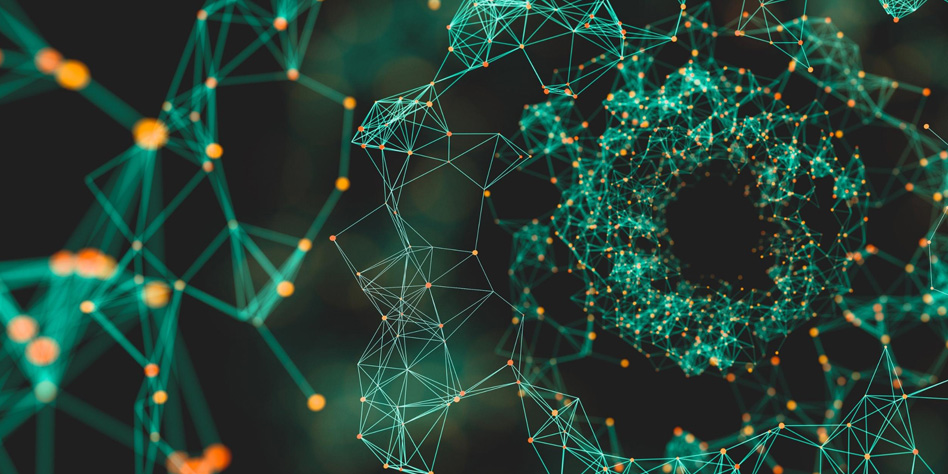
The Monero blockchain depends on its peer-to-peer network, which comprises a web of devices that share data with each other. Each device that takes part in the network is called a node. Mastering Monero states, “nodes retain a fully copy of the blockchain and create the backbone of the network.” They run the Monero software and work to secure and relay transactions to other nodes. Nodes also build blocks or mine.
Local nodes
Anyone who has a Monero wallet needs to connect to a node to get information on their XMR transactions. You can run your own nodes or what’s commonly called a local node. Running local nodes will give you the highest level of privacy and security. You don’t have to depend on others to verify and send your transactions. This means that your wallet only interacts with your personal copy of the blockchain. Running a local node lets you contribute to the network. Other nodes can sync from your node or other users can connect to your node through their wallets.
A full local node, though, needs a 96GB of disk space. It also takes a long time to download and verify the whole blockchain. If you have older hardware or smaller storage, you can run a pruned node instead, which only needs 32GB. You’ll need to run a full local node if you intend to mine XMR. Running a local node may challenge less technical Monero users. If you are an advanced user and wish to run a local node, you can learn how to do it from SethforPrivacy.
Remote nodes
Another option to running a local node is to use a remote node. Your wallet will connect to someone else’s node in order to complete your transaction. It is still secure as the one running a remote node will not know the amount you spent on a transaction or the address of the recipient because of Monero’s built-in cryptographic technologies. The remote node will not have access to your private keys and can’t steal your funds.
It is possible that a remote node could learn your public IP address. Monero developers are still working on the Kovri project that will hide a user’s location and IP address. Remote nodes can also discover the last block your wallet synched, deduce when you use Monero, or decrease your anonymity in each transaction. You can lessen these risks by using a VPN or Tor.
The most common Monero wallets give you an option to use remote nodes. If you’re using a Monero GUI wallet, this is how to connect to a remote node:
1. Make sure your wallet is in advanced mode. You can change it by going to Settings>Wallet>Close this wallet.
2. The main menu will open. Click “Change wallet mode” on the lower left corner. Choose “Advanced mode” on the next page. Before you go to the next step, find a public remote node. moneroworld.com, ditatompel.com, and libhunt.com are some places to find a remote node.
3. Once you’ve opened your wallet, click on the pop-up with the option “Use custom settings.” Click on “Node” and select “Remote node.” Fill out the address and port. Click “Connect” and wait for your GUI wallet to connect.
If efficiency and ease is your priority, then a light wallet like XMRWallet will work best for you. Light wallets enable you to connect to a node and access your XMR without having to get your own Monero ledger. XMRWallet is a Monero light wallet that doesn’t require you to download any software, saving disk space. Once you’ve created an XMRWallet, you can send and receive Monero instantly; all the while in complete control of your coins and keys. It ensures that you’ll have faster, easier, and uninterrupted transactions. It’s totally free and supports many languages.
